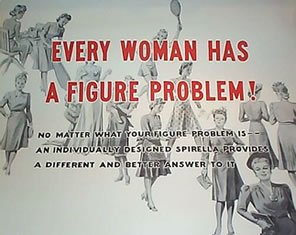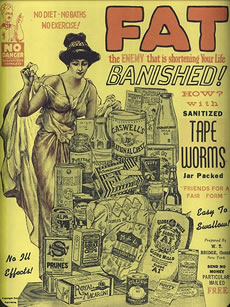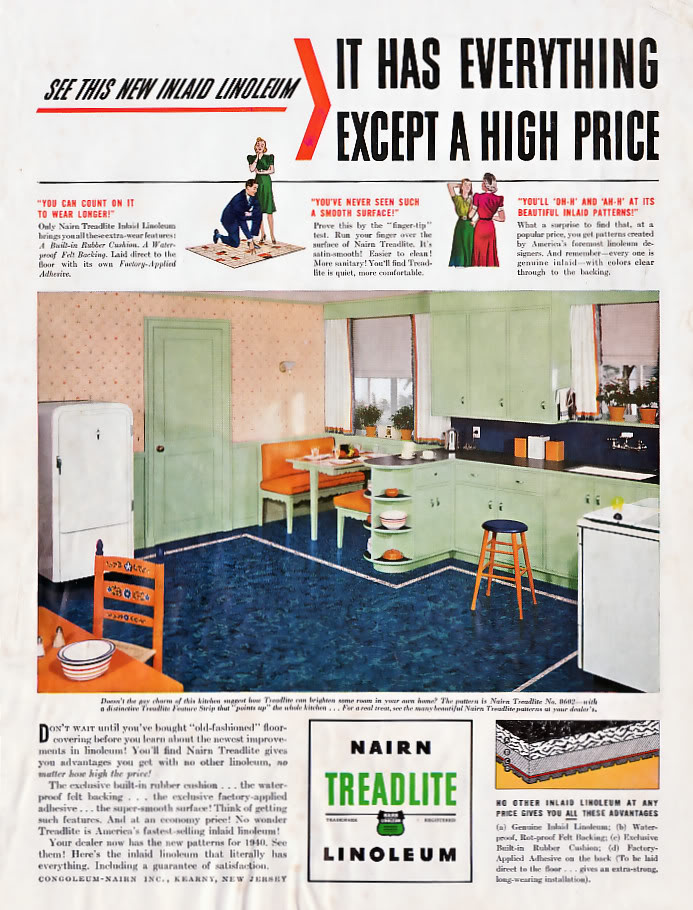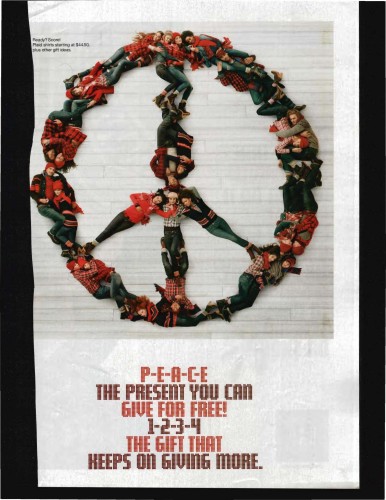Five readers sent along gendered gift guides. These are interesting only in their ubiquitousness. Let us begin:
What do women want? According to an email from Chapters.Indigo, sent in by Rajan P., they want candy, wine, fictional romance and, um, blankets (for coziness?):



Liz from Minneapolis got an email from Amazon.com with ideas “For Him” and “For Her.” Liz writes:
The gift ideas for him are manly things like a coffee mug (but described as a vacuum sealed tumbler) and barbeque tools, while gifts for her include a hideous Precious Moments figurine and a super handy plant care sensor.

Eileen B. sent a link to the gendered gift guide at gifts.com. Apparently women want wine, love, coziness (sweaters, hot baths, and aromatherapy), cooking stuff, anything-Oprah, and men who clean (are we seeing a trend yet?):

While men want beer, golf-related items, and a giant plastic nose that snorts out your shower gel:

Both want grown-up mobiles, tiny-sauruses, and a baby book, so there’s that.
Another reader, “a reader,” sent in links to the site Shapeways which thinks women want decorations (for their bodies and their homes), but figures men want stuff to do (“gadgets” and “hobbies,” with a few hard core accessories thrown in):



Had enough? There’s more!
Apocalyptopia sent screen shots of the gendered gift guide from Zazzle. She writes:
We have the old, tired “only guys like History and video games” trope. I also noticed that there’s an “Animal Lovers” category under Women, but the only similar category to be found under Men is “Outdoorsman” (if you don’t count Party Animal) which deals more with killing animals than loving them. Chicks are just so sentimental, right? (Gag!) I also can’t understand why “Traveling” is found under Men but not Women.
The thing that disturbed me the most about this, though, was that for Men they have a “Veterans” category while for Women they have a “Support Our Troops” category. As the daughter of a retired female veteran of two wars, I was a bit offended. I’m sure my mother would be offended as well that they think watching her friends get blown up still doesn’t make her qualify as a real veteran and that she’s relegated to simply supporting those who are (i.e.: men).




Finally, Michelle Y. alerted us to a gendered game at the Karmaloop website. Men are told to search for a sexy lady; and ladies? A Pomeranian.

Lisa Wade, PhD is an Associate Professor at Tulane University. She is the author of American Hookup, a book about college sexual culture; a textbook about gender; and a forthcoming introductory text: Terrible Magnificent Sociology. You can follow her on Twitter and Instagram.




























